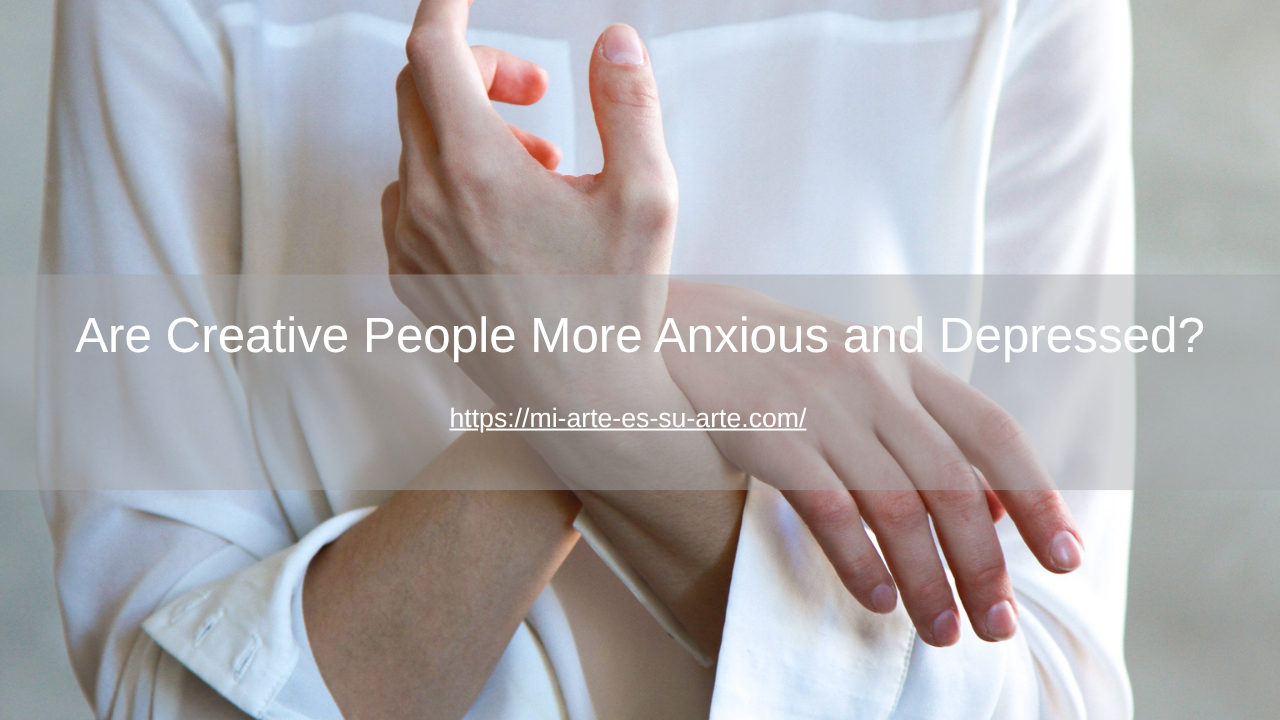
Creativity is often seen as a gift, a spark that allows artists, musicians, and writers to transform emotion into something beautiful. Yet for many, that same gift comes with a heavy burden. Behind the masterpieces and performances, countless creative minds battle unseen struggles with depression and anxiety. The emotional depth that fuels their art can also make them more vulnerable to mental distress. At Mi Arte Es Su Arte, we believe that healing the creative mind begins with compassion, understanding, and holistic care that honors both artistic spirit and emotional well-being.
The Hidden Connection Between Creativity and Mental Health
Many artists describe their creativity as a double-edged sword. On one hand, it allows them to feel deeply and connect with the world in unique ways. On the other, that emotional intensity can make them more sensitive to pain, rejection, and internal pressure. Studies show that creative individuals are more likely to experience symptoms of depression and anxiety compared to the general population.
The reason is complex. The constant pursuit of perfection, irregular work schedules, and fear of failure can take a toll on mental stability. Artists often use their work as a way to process pain, but when that process becomes overwhelming, emotional exhaustion and self-doubt can follow. Understanding this connection is the first step toward breaking the cycle of silent suffering.
When Inspiration Turns Into Isolation
Creative work can be deeply fulfilling, but it can also be isolating. Many artists spend long hours alone, lost in thought or immersed in their projects. While solitude can be essential for creativity, too much of it can feed anxiety and depression. When left unaddressed, these emotions can lead to unhealthy coping habits, including substance use or addiction.
At Mi Arte Es Su Arte, we recognize how easily creative passion can blur with emotional pain. Our mental health and addiction recovery programs are designed to help artists rebuild balance through personalized, holistic care. Whether through inpatient or outpatient treatment, clients receive the tools and support they need to recover without losing their creative voice.
The Role of Holistic and Faith-Based Healing
True healing requires more than symptom management. That is why our programs go beyond traditional therapy to embrace a holistic approach that nurtures the mind, body, and spirit. Through practices like mindfulness, art therapy, and faith-based reflection, clients can reconnect with their inner peace while rediscovering the joy of self-expression.
Faith can also play a vital role in recovery. Many artists find comfort and grounding in spiritual connection, which provides hope and meaning beyond the pain. Our team helps clients integrate faith-based principles into their recovery journey in a way that respects their individuality and creative identity.
Recognizing the Signs and Seeking Help
Depression and anxiety can manifest in subtle ways—fatigue, irritability, loss of motivation, or changes in sleep and appetite. For creative individuals, these symptoms may appear as creative block, self-criticism, or withdrawal from others. Recognizing these signs early can make a profound difference in recovery.
Reaching out for help is not a sign of weakness but of strength. The same courage it takes to share your art with the world can be used to take the first step toward healing. At Mi Arte Es Su Arte, we offer a safe, supportive environment where artists can learn healthy coping skills, rediscover their purpose, and create from a place of wholeness.
Healing the Artist Within
Every artist deserves the chance to heal without losing their creative spark. Depression and anxiety may shape how you see the world, but they do not have to define your story. With the right care, support, and guidance, it is possible to find harmony between creativity and emotional wellness.
If you or someone you love is struggling with depression, anxiety, or addiction, Mi Arte Es Su Arte is here to help. Our compassionate team provides individualized treatment that blends clinical excellence with holistic and faith-based approaches to healing.
Your art can still inspire the world—but first, you must take care of the artist behind it. Reach out today to begin your journey toward balance, recovery, and renewed creativity.
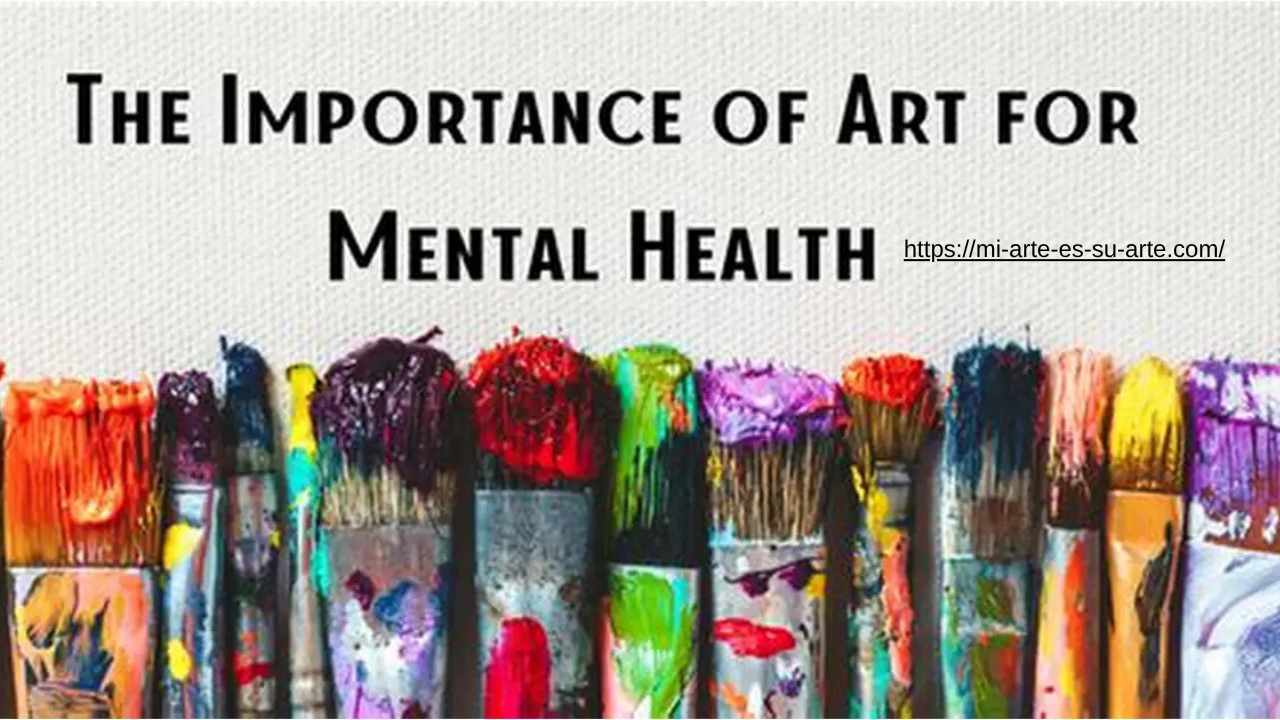 The world often celebrates artists for their passion, vision, and emotional depth. But behind the beauty they create, many artists face silent battles with anxiety, depression, and addiction. The same sensitivity that fuels creativity can also make it difficult to cope with stress, rejection, and the pressures of success. For those in the artistic community, learning to care for mental and emotional health is not a luxury—it is essential to sustain both creativity and life itself.
The world often celebrates artists for their passion, vision, and emotional depth. But behind the beauty they create, many artists face silent battles with anxiety, depression, and addiction. The same sensitivity that fuels creativity can also make it difficult to cope with stress, rejection, and the pressures of success. For those in the artistic community, learning to care for mental and emotional health is not a luxury—it is essential to sustain both creativity and life itself.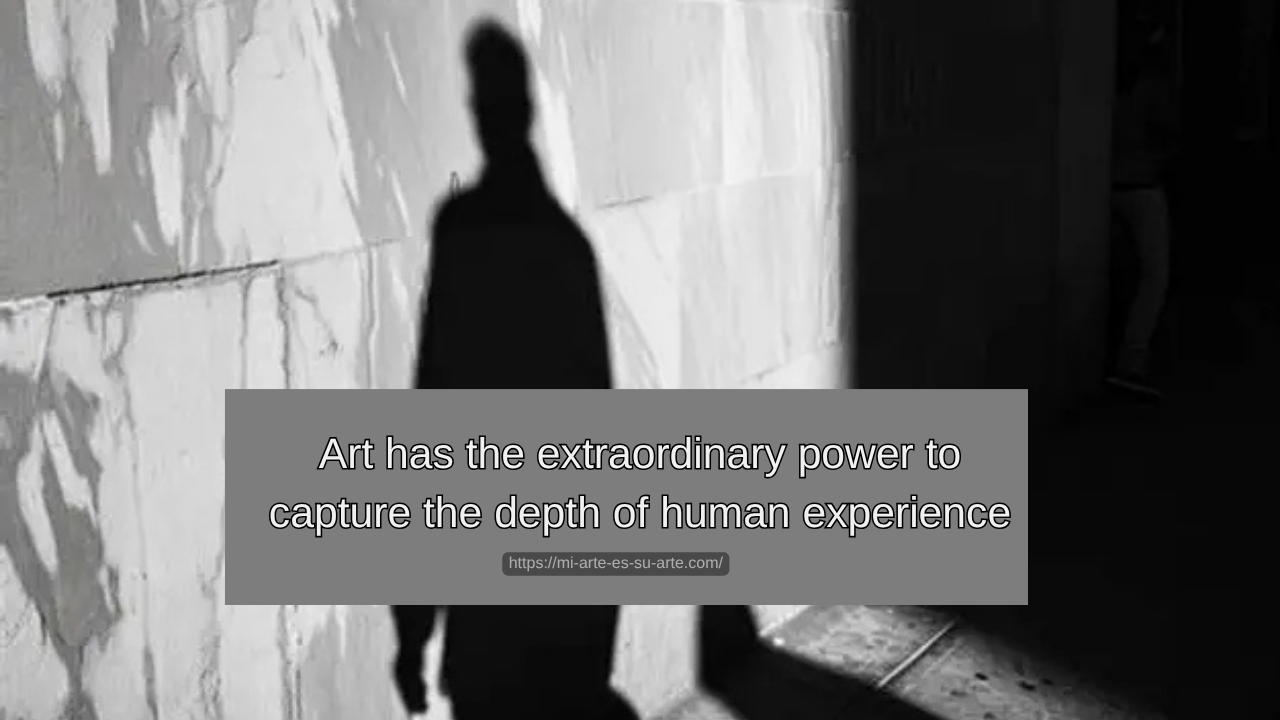 Art has the extraordinary power to capture the depth of human experience, to move audiences, and to inspire change. Yet behind the brilliance of many artistic works lies a less visible story. Many artists face profound psychological challenges that influence both their creativity and their well-being. Anxiety, depression, trauma, and addiction often accompany the lives of highly creative individuals, casting shadows over the very genius that brings their work to life. Understanding these psychological struggles is essential to providing compassionate support and effective recovery options.
Art has the extraordinary power to capture the depth of human experience, to move audiences, and to inspire change. Yet behind the brilliance of many artistic works lies a less visible story. Many artists face profound psychological challenges that influence both their creativity and their well-being. Anxiety, depression, trauma, and addiction often accompany the lives of highly creative individuals, casting shadows over the very genius that brings their work to life. Understanding these psychological struggles is essential to providing compassionate support and effective recovery options.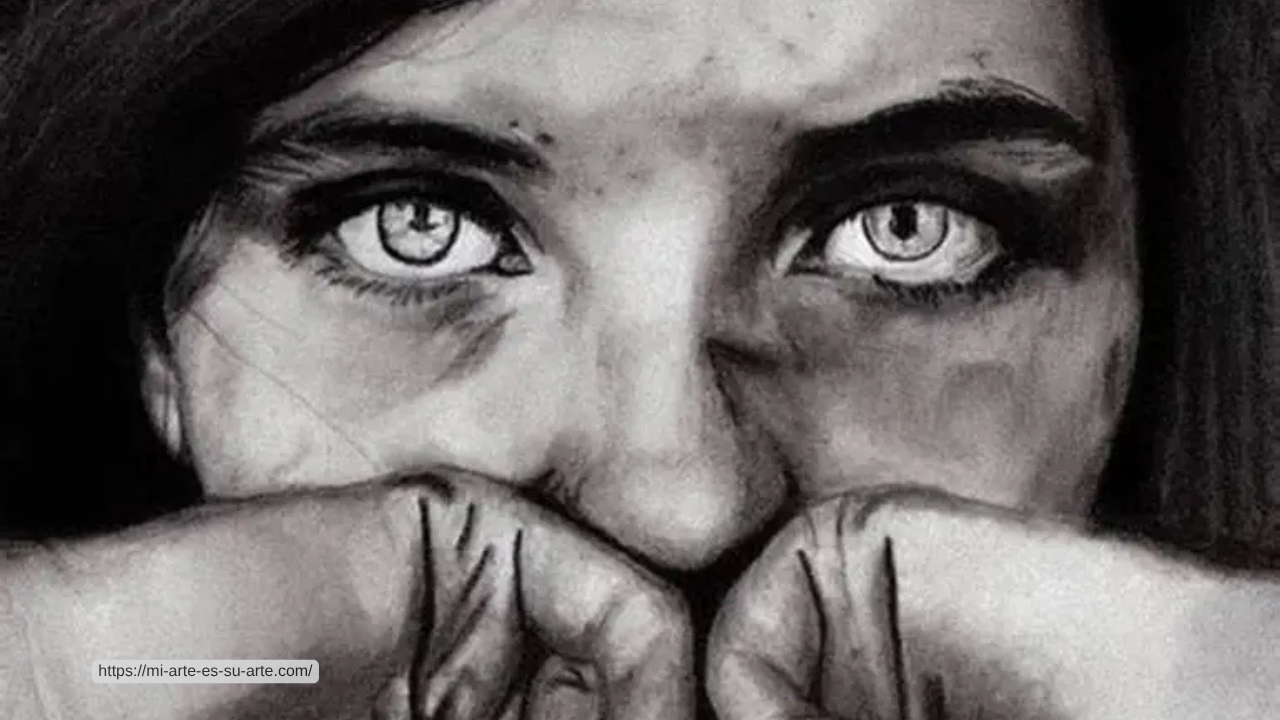 Artistic expression has the power to move, inspire, and transform. For artists, the studio or workspace is often a sanctuary, a place to explore emotions, ideas, and imagination. Yet behind this creative space, many artists grapple with deep struggles in silence. Mental health challenges, addiction, and emotional vulnerability often remain hidden, even as their work captivates audiences. Understanding why so many artists suffer quietly is essential for fostering a culture of support and recovery.
Artistic expression has the power to move, inspire, and transform. For artists, the studio or workspace is often a sanctuary, a place to explore emotions, ideas, and imagination. Yet behind this creative space, many artists grapple with deep struggles in silence. Mental health challenges, addiction, and emotional vulnerability often remain hidden, even as their work captivates audiences. Understanding why so many artists suffer quietly is essential for fostering a culture of support and recovery. Artists are often admired for their ability to transform emotion into expression, creating work that moves, inspires, and challenges audiences. However, the very qualities that drive creativity—sensitivity, intensity, and deep emotional awareness—can also make artists particularly vulnerable to mental health struggles and addiction. Understanding the complex relationship between creativity and addiction is essential for supporting artists in maintaining both their well-being and their creative potential.
Artists are often admired for their ability to transform emotion into expression, creating work that moves, inspires, and challenges audiences. However, the very qualities that drive creativity—sensitivity, intensity, and deep emotional awareness—can also make artists particularly vulnerable to mental health struggles and addiction. Understanding the complex relationship between creativity and addiction is essential for supporting artists in maintaining both their well-being and their creative potential.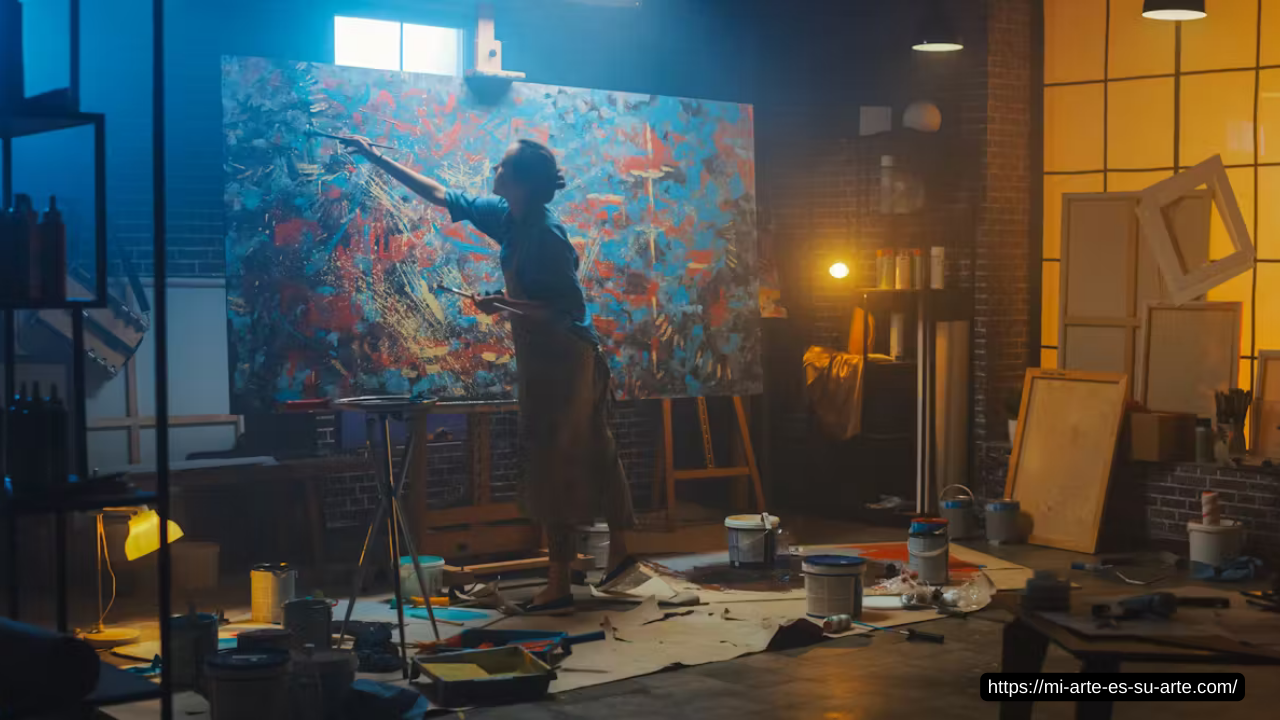 For centuries, society has romanticized the image of the tortured artist. From poets to painters, many have believed that suffering is the price of creative brilliance. While it is true that artists often draw from deep emotions, the idea that mental illness or addiction is necessary for creativity is a harmful myth. In reality, the struggle with mental health can diminish creativity and place artists at greater risk of despair and dependency. It is time to rethink this connection and explore healthier paths for artistic expression.
For centuries, society has romanticized the image of the tortured artist. From poets to painters, many have believed that suffering is the price of creative brilliance. While it is true that artists often draw from deep emotions, the idea that mental illness or addiction is necessary for creativity is a harmful myth. In reality, the struggle with mental health can diminish creativity and place artists at greater risk of despair and dependency. It is time to rethink this connection and explore healthier paths for artistic expression.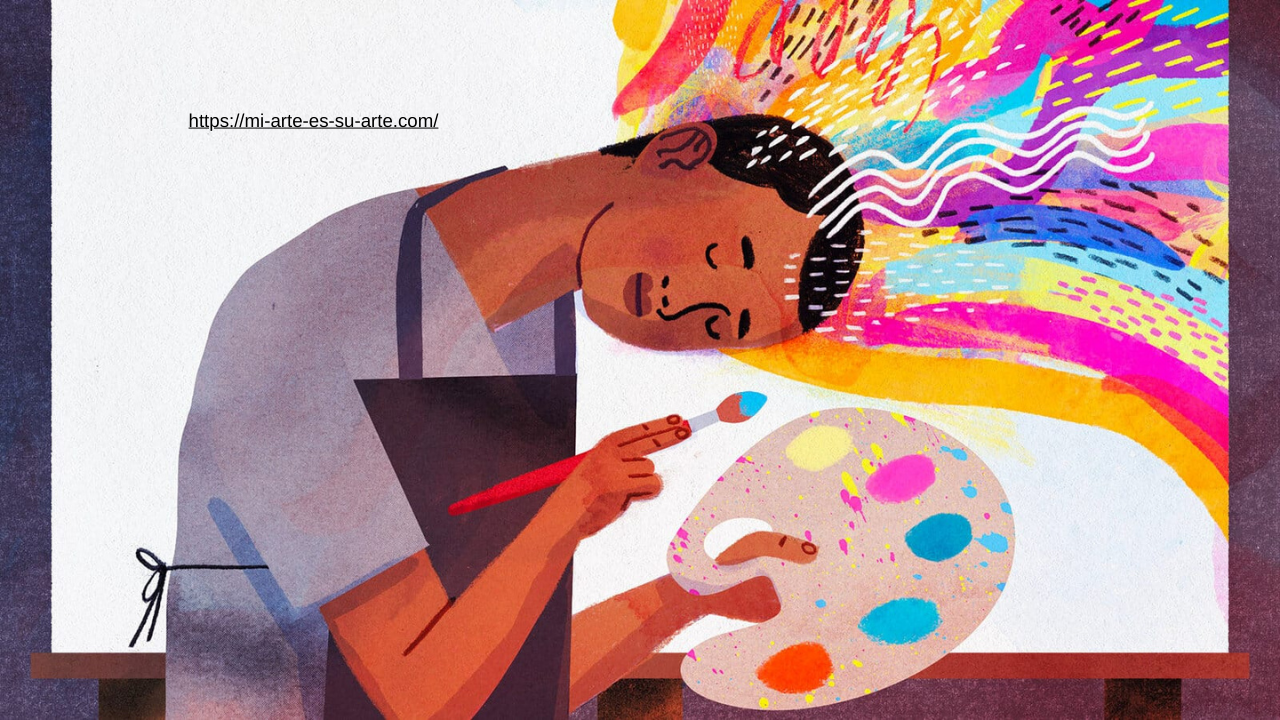 Artistic communities have long been celebrated for their innovation, creativity, and ability to inspire. Yet behind the beauty and brilliance lies a reality that is often overlooked: many artists face significant mental health challenges and a higher risk of addiction. The demands of creating under pressure, coupled with emotional vulnerability and societal expectations, have contributed to a growing mental health crisis among creatives. Recognizing these struggles is the first step toward fostering healthier, more sustainable lives for artists.
Artistic communities have long been celebrated for their innovation, creativity, and ability to inspire. Yet behind the beauty and brilliance lies a reality that is often overlooked: many artists face significant mental health challenges and a higher risk of addiction. The demands of creating under pressure, coupled with emotional vulnerability and societal expectations, have contributed to a growing mental health crisis among creatives. Recognizing these struggles is the first step toward fostering healthier, more sustainable lives for artists.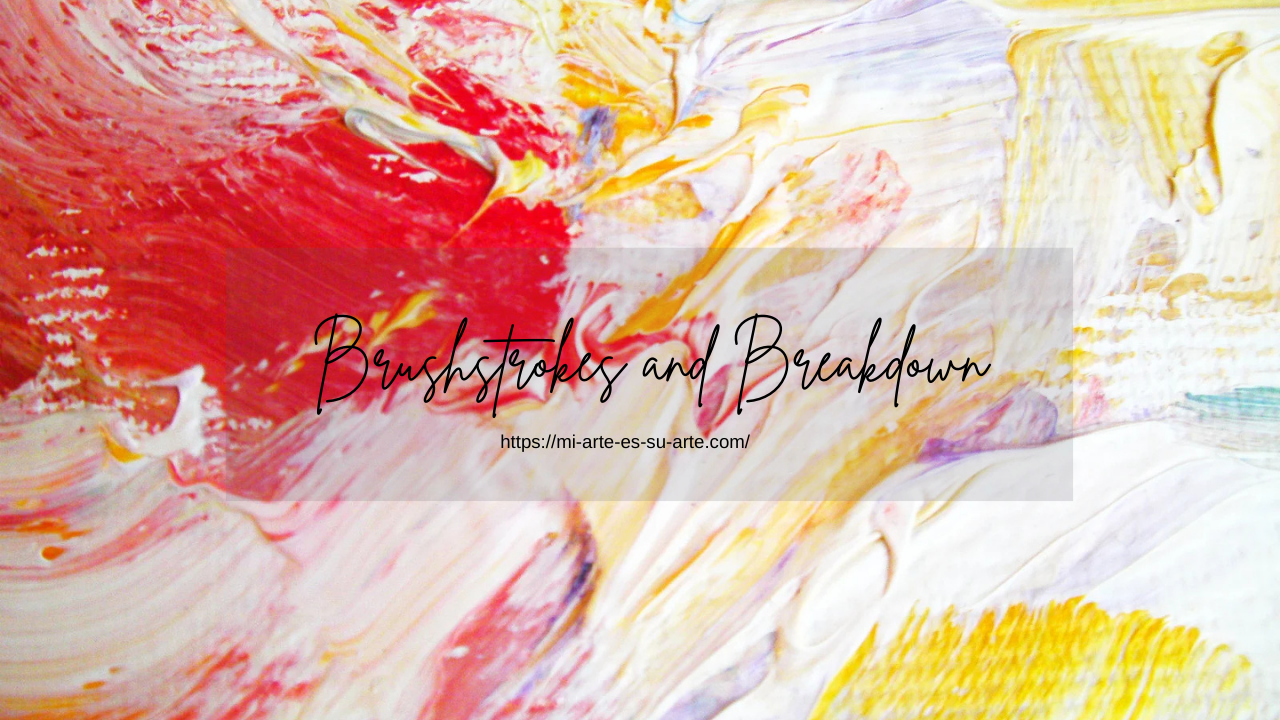 Art has the power to inspire, heal, and connect. For many creatives, whether painters, writers, musicians, or performers, the act of creation is more than a career or hobby—it is a lifeline. Yet, beneath the beauty of their work lies a hidden struggle. Artists often experience emotional vulnerability more intensely than the general population, leaving them at greater risk for mental health challenges and addiction. Understanding these risks is essential for supporting creatives in achieving both personal and artistic well-being.
Art has the power to inspire, heal, and connect. For many creatives, whether painters, writers, musicians, or performers, the act of creation is more than a career or hobby—it is a lifeline. Yet, beneath the beauty of their work lies a hidden struggle. Artists often experience emotional vulnerability more intensely than the general population, leaving them at greater risk for mental health challenges and addiction. Understanding these risks is essential for supporting creatives in achieving both personal and artistic well-being.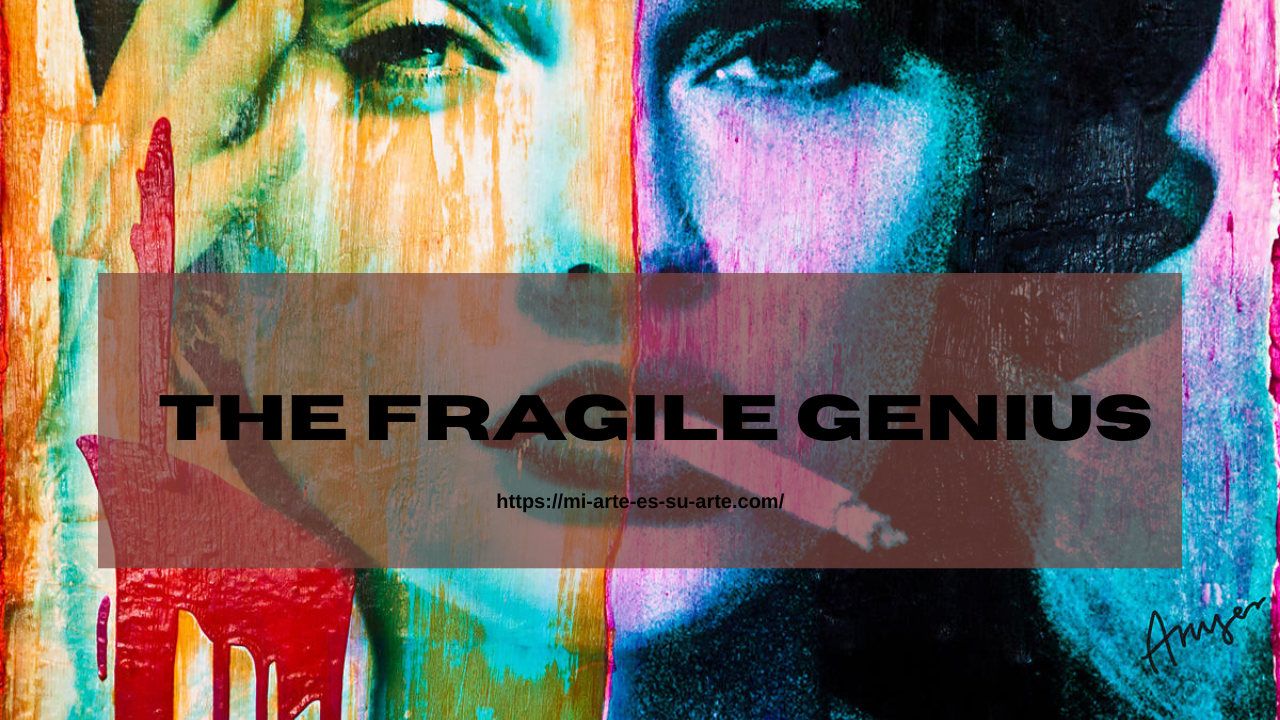 The world often views artists as visionaries who bring beauty, meaning, and inspiration to life. Yet behind the brilliance of music, painting, writing, and performance lies a fragile reality. Many artists live with an inner struggle that makes them more vulnerable to addiction and mental health challenges. The same sensitivity and creativity that fuel great works of art can also expose artists to emotional pain, isolation, and destructive coping mechanisms. Understanding this delicate balance is key to supporting their healing and recovery.
The world often views artists as visionaries who bring beauty, meaning, and inspiration to life. Yet behind the brilliance of music, painting, writing, and performance lies a fragile reality. Many artists live with an inner struggle that makes them more vulnerable to addiction and mental health challenges. The same sensitivity and creativity that fuel great works of art can also expose artists to emotional pain, isolation, and destructive coping mechanisms. Understanding this delicate balance is key to supporting their healing and recovery.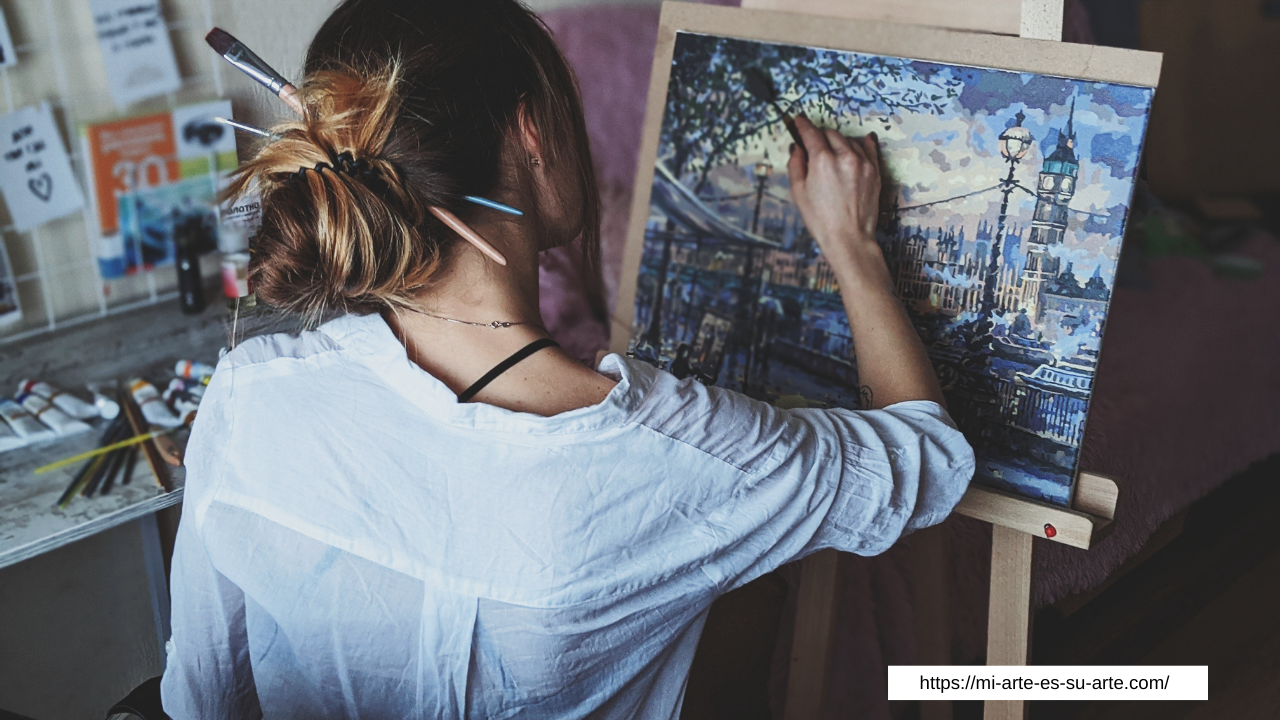 Creativity is often celebrated as a source of inspiration, joy, and self-expression. For artists, writing, painting, performing, or composing music can provide an extraordinary outlet for emotion. Yet, behind the brilliance of creative work lies a hidden reality. Many artists experience profound emotional challenges that can take a serious toll on mental health and well-being. The pressures of artistic life, combined with heightened sensitivity and exposure to trauma, can lead some to struggle with addiction, depression, anxiety, and other mental health disorders.
Creativity is often celebrated as a source of inspiration, joy, and self-expression. For artists, writing, painting, performing, or composing music can provide an extraordinary outlet for emotion. Yet, behind the brilliance of creative work lies a hidden reality. Many artists experience profound emotional challenges that can take a serious toll on mental health and well-being. The pressures of artistic life, combined with heightened sensitivity and exposure to trauma, can lead some to struggle with addiction, depression, anxiety, and other mental health disorders.